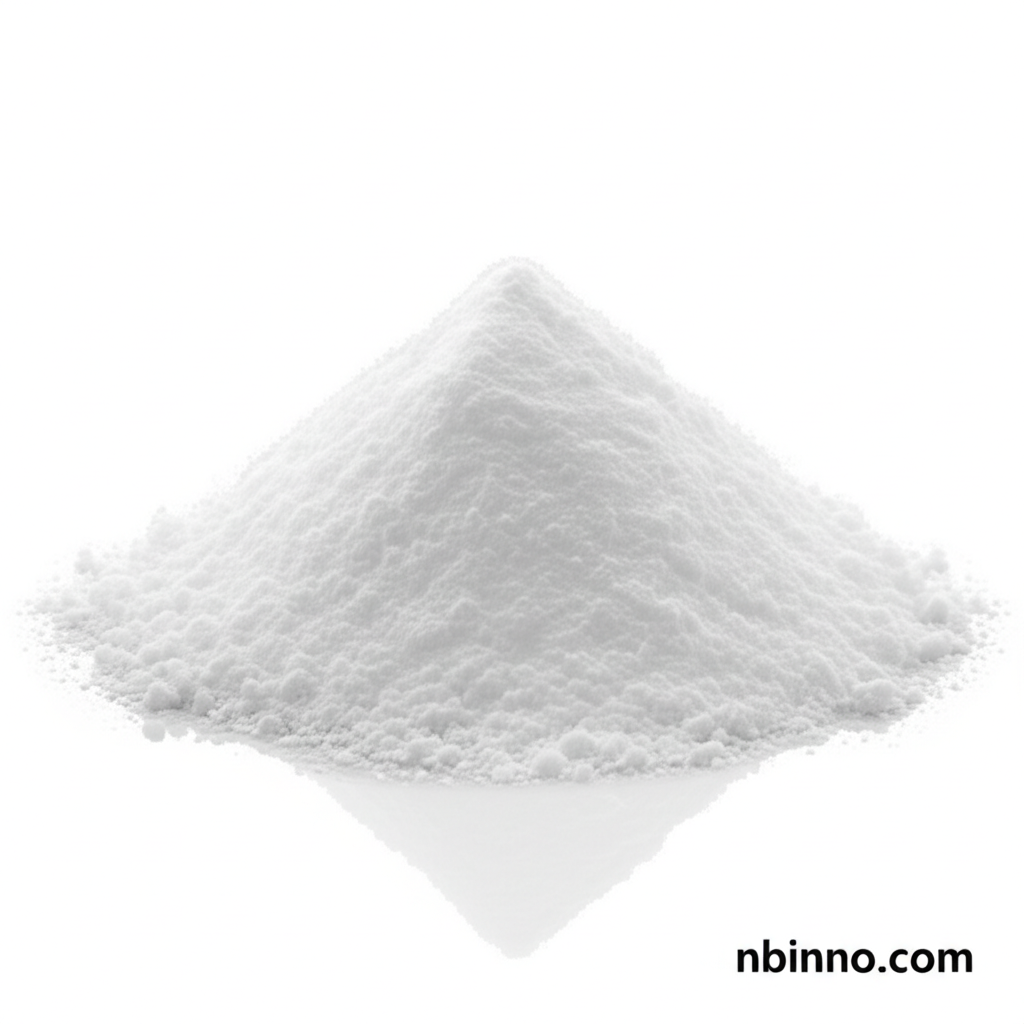Triclosan CAS 3380-34-5: Properties, Uses, and Safety in Personal Care
Explore the multifaceted role of Triclosan in everyday products, from hygiene to preservation.
Get a Quote & SampleProduct Core Value

Triclosan
Triclosan, identified by CAS number 3380-34-5, is a widely recognized antimicrobial agent with significant applications across various consumer products. Its primary function is to inhibit the growth of bacteria and fungi, making it a valuable ingredient in maintaining hygiene and product integrity.
- Explore the detailed properties of Triclosan, a key antimicrobial agent utilized extensively in cosmetic formulations and household cleaning agents.
- Understand the various uses of Triclosan in cosmetics, such as its role as a preservative and antiseptic, contributing to product safety and efficacy.
- Learn about the mechanism of action for antibacterial agents like Triclosan, which target essential bacterial processes for growth inhibition.
- Investigate the regulatory landscape surrounding Triclosan, including the FDA's stance on its use in consumer products and the ongoing scientific discussions.
Key Advantages
Broad-Spectrum Antimicrobial Action
Triclosan offers effective control against a wide range of bacteria and fungi, making it a versatile ingredient for ensuring product safety and consumer hygiene, aligning with the benefits of antibacterial agents.
Preservative and Antiseptic Properties
Its preservative qualities extend the shelf life of cosmetic and detergent products, while its antiseptic function provides direct benefits in personal care items for maintaining cleanliness.
Established Chemical Identity
With a well-defined CAS number (3380-34-5), Triclosan offers a clear chemical profile, facilitating its use and compliance within various industry regulations and scientific research contexts.
Key Applications
Personal Care Products
Widely incorporated into soaps, hand sanitizers, and cleansers for its antibacterial properties, contributing to the hygiene goals discussed in understanding antibacterial agents.
Cosmetic Formulations
Serves as a preservative and active ingredient in various cosmetic items, enhancing product stability and offering antimicrobial benefits to consumers.
Household Cleaning Agents
Used in detergents and dishwashing liquids to provide an added layer of germ protection, supporting cleanliness in domestic environments.
Oral Care Products
Found in toothpastes and mouthwashes, where its antibacterial action targets oral bacteria, contributing to improved oral hygiene practices.
